Ⅰ. Overview of resistors
Ⅱ. Relevant calculation of resistors
Ⅲ. Role of resistors
Ⅳ. Matters needing attention for resistors
Ⅴ. Development direction of resistors
Ⅵ. Main uses of resistors
A resistor is a passive electronic component used to limit the flow of electrical current. Its main function is to provide resistance, the ability to block the flow of electrical current. Resistors are usually made of conductive materials, such as carbon, metal or metal alloys, and have a specific resistance value.
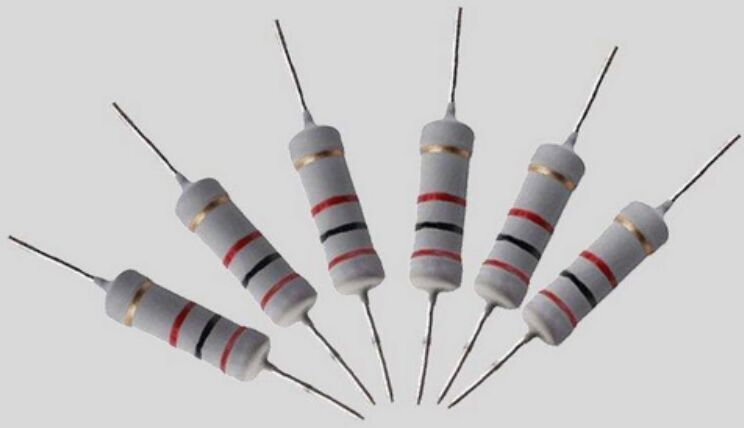
The resistance of the resistor is fixed, usually two pins, which can limit the current flow through the branch it is connected to. A resistor whose resistance value cannot be changed is called a fixed resistor.
The resistance value of a resistor is measured in ohms (Ω), which indicates how much the resistor resists the flow of electric current. A larger resistance value means the resistor resists current flow more, reducing the flow of current.
Resistors usually act as voltage dividers and shunts in circuits. For signals, both AC and DC signals can pass through resistors.
Resistors are widely used in various circuits to regulate current, divide voltage, limit current, protect electronic components, and more. They are also used for calibration, measuring current and voltage, and for circuit design and engineering applications in a variety of electronic equipment. Different types of resistors come in different shapes and sizes, including fixed resistors, variable resistors (potentiometers or electric regulators), and more.
Ⅰ. Overview of resistors
Resistors are common components in electronic circuits, and actual resistors can be made of many different materials, including thin films, cement, or high-resistivity nickel-chromium alloys (resistance wire). Resistors can also be integrated into integrated circuits, especially analog ICs, and also into hybrid collective circuits or printed circuits.
A real resistor will have stray inductance in series and stray capacitance in parallel. These specifications are very important in high frequency applications. In the application of low-noise amplifier or preamplifier, the noise of the resistor also needs to be considered. The stray inductance, noise, and temperature coefficient of a resistor are all related to the technology used by the resistor manufacturer.
Ⅱ. Relevant calculation of resistors
1. The operation of a resistor follows Ohm's law, and its resistance value is defined as the ratio of its voltage divided by its current:
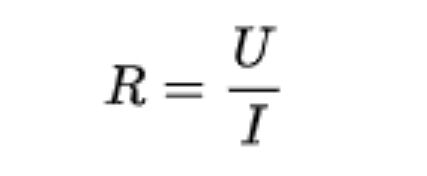
R is the resistance of the conductor in ohms (Ω).
I is the current flowing through the conductor in ampere (A).
U is the potential difference across the conductor in volts (V).
2. The resistor is composed of three parts: the resistor body, the skeleton and the terminal (the resistor body and the skeleton of the solid core resistor are combined into one), and only the resistor body determines the resistance value. For a resistor body with a uniform cross section, the resistance value is:

ρ is the resistivity (ohm cm) of the resistive material.
L is the length (cm) of the resistor body.
A is the cross-sectional area (square centimeter) of the resistor.
3. The thickness d of the thin film resistor is very small, it is difficult to measure accurately, and ρ changes with the thickness, so it is regarded as a constant related to the thin film material, called film resistance. Uniform film:
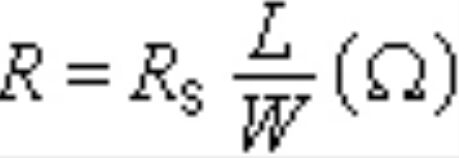
W is the width (cm) of the film.
Usually Rs should be within a limited range, if Rs is too large, it will affect the stability of the resistor performance. Therefore, the groove method is used for the cylindrical resistor body, and the method of etching circuitous patterns is used for the planar resistor body to expand its resistance range and fine-tune the resistance value.
4. The power at which a resistor dissipates energy is the product of the voltage across the resistor and the current flowing through it:

P is power (calculated in watts).
I is the current (calculated in amperes).
V is voltage (measured in volts).
R is the resistance (calculated in ohms).
5. The total energy consumed by the resistor in a period of time can be expressed by the following integral formula:
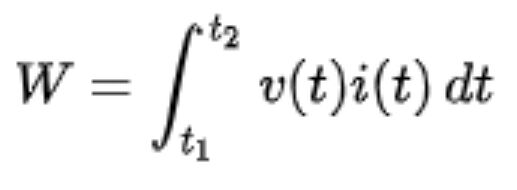
t1 is the start time, t2 is the end time, and W is the total consumed energy. If the average power exceeds the rated power of the resistor, the resistance of the resistor will deviate from the original value, and then the resistor will burn out due to overheating.
6. Resistors connected in parallel:
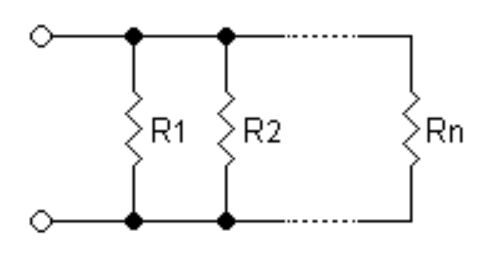
Since all resistors have the same voltage, their current is inversely proportional to resistance according to Ohm's law:

The resistance relationship of parallel circuits can be represented by "//" (like the parallel relationship in plane geometry), so the total resistance of two parallel resistors can be expressed by this equation:

Series and parallel are just two of the modes of circuit networks. More complex circuit networks are difficult to express in simple series and parallel ways.
Ⅲ. Role of resistors
1. If the resistance value of a resistor is close to zero ohms (for example, a large cross-section wire between two points), the resistor has no hindering effect on the current, and the circuit connecting such resistors in parallel is short-circuited and the current is infinite.
2. If a resistor has infinite or very large resistance, the circuit connected in series with the resistor can be regarded as an open circuit, and the current is zero.
3. Resistors can limit the flow of current and prevent excessive current from damaging electronic components or equipment. By choosing an appropriate resistor value, you can ensure that the current in the circuit is within a safe range.
4. Resistors, together with capacitors and inductors, form a filter circuit to remove or weaken specific frequency components in electrical signals.
5. In circuits, resistors are often used to divide voltage. A voltage drop can be achieved by dividing the input voltage into a lower output voltage by connecting resistors in series.
6. Resistors can be used to adjust the amplitude of the signal or match different parts in the circuit to ensure the integrity and matching of signal transmission.
7. In a circuit, a resistor can be used as a current limiter or protection device to limit the current within a specific value range or to provide protection in the event of a fault.
8. A resistor commonly used in industry is between the two extremes, it has a certain resistance and can pass a certain current, but the current is not as large as in a short circuit. The current limiting effect of the resistor is similar to the effect of a small diameter pipe connected between two large diameter pipes to restrict the flow of water.
9. A resistor is a two-terminal electronic component made of resistive material, has a certain structural form, and can limit the passage of current in a circuit. Its main functions in the circuit are: buffering, load, voltage division, protection, etc.
10. Resistors are mainly used to adjust and stabilize current and voltage in circuits, and can be used as shunts and voltage dividers, as well as circuit matching loads.
Ⅳ. Matters needing attention for resistors
Resistors should be checked before use. Checking their performance is to measure whether the actual resistance value is consistent with the nominal value, and whether the error is within the allowable range. The method is to use the resistance file of the multimeter to measure.
1. After determining the range of the resistance file, it is necessary to perform zero adjustment. The method is to short-circuit the two test leads (direct contact), adjust the "zero adjustment" device so that the pointer is accurately pointed at "0" on the Ω scale line, and then measure the resistance value of the resistance. In addition, be careful not to touch the two ends of the resistor or the metal part of the test lead with your hands. Otherwise it will cause test error.
2. Determine the range according to the measured resistance value, so that the pointer indicates the middle section of the scale line, which is convenient for observation.
3. The resistance value of a resistor changes with temperature, so pay attention to the temperature coefficient of the resistor. For some applications that require high stability, resistors with lower temperature coefficients can be selected.
4. A resistor has a power rating which indicates the maximum power it can withstand. In the circuit, it should be ensured that the power of the resistor will not exceed its rated value, otherwise it may cause the resistor to overheat, burn or be damaged.
5. When installing the resistor on the circuit board, make sure it is positioned correctly and does not make unnecessary contact with other components or wires.
Ⅴ. Development direction of resistors
1. Miniaturization and integration: As electronic equipment becomes smaller and lighter, resistors also need to be continuously reduced in size to meet the requirements of modern electronic products. The development of integrated resistors is also gaining attention to achieve more functions in a small space.
2. Low power consumption and energy saving: With the increasing awareness of energy conservation and environmental protection, the power consumption of resistors has also become a key consideration. The development of low-power resistors can help reduce energy consumption in electronic equipment. Discrete small resistors are still widely used, but will further reduce size, improve performance, and reduce price.
3. High precision and high stability: Many modern applications require high precision and high stability resistors, especially in the fields of metering, instrumentation, communication and medical treatment. Research and development and production of high-precision resistors is an important development direction.
4. Low noise and high frequency characteristics: In some specific applications, such as high frequency circuits, amplifiers and radio frequency electronic equipment, resistors with low noise and high frequency characteristics are required.
5. Temperature stability and temperature coefficient: The performance of resistors changes with temperature, so resistors with high temperature stability and low temperature coefficient are developed.
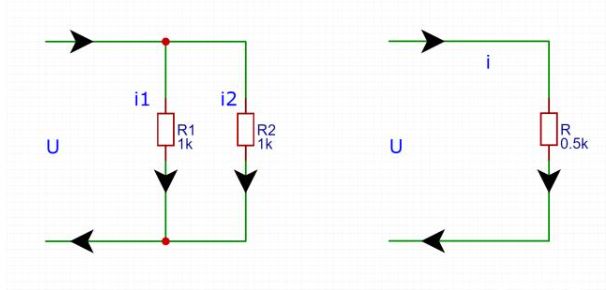
Ⅵ. Main uses of resistors
1. Current limiting: Resistors act as current limiters to prevent excessive current in the circuit, thus protecting other electronic components and equipment from damage.
2. Biasing and stabilization: In some circuits, resistors are used to bias the circuit to ensure that the electronic component or circuit is in a stable working state.
3. Voltage division: By connecting resistors in series, the voltage in the circuit can be divided into lower output voltages, which can be used to adapt different components or achieve specific voltage requirements.
4. Sensors and measurement: Resistors are often used as sensor elements to measure temperature, light intensity or other physical quantities, and the required measurement data is obtained by measuring changes in resistance value.
5. Adjust current and voltage: A variable resistor (potentiometer or electric regulator) can control the current or voltage in the circuit by adjusting its resistance value, and realize the adjustment and control of the circuit performance.
6. Signal adjustment and matching: Resistors are used to adjust the amplitude of the signal or match different parts in the circuit to ensure the integrity and matching of signal transmission.
7. Filtering: Resistors, together with capacitors and inductors, form a filter circuit to remove or weaken specific frequency components in electrical signals.
标签:resistors



